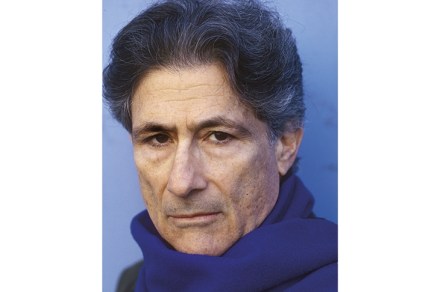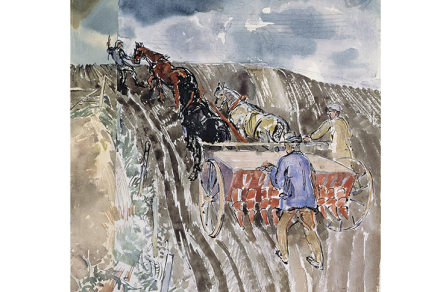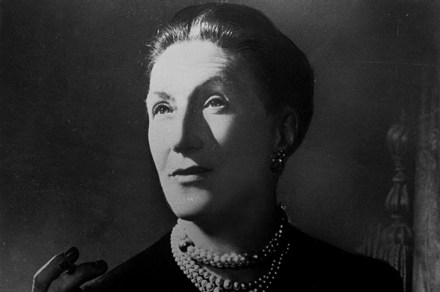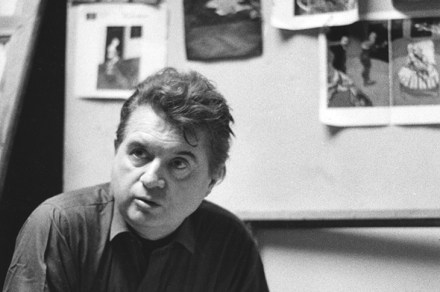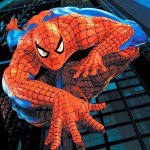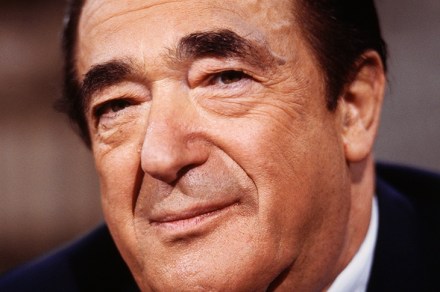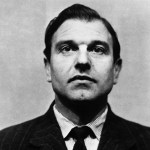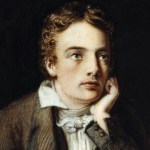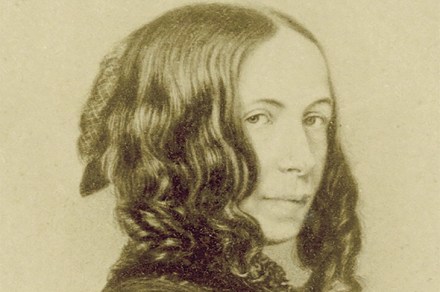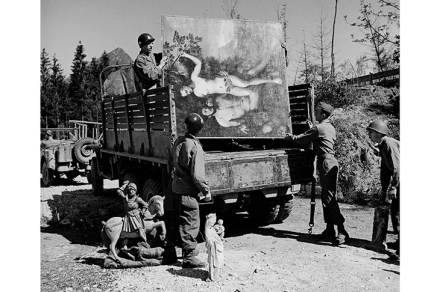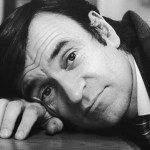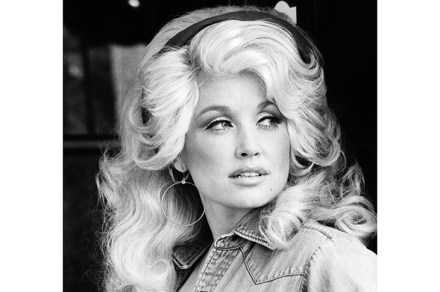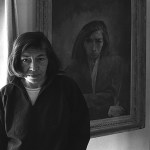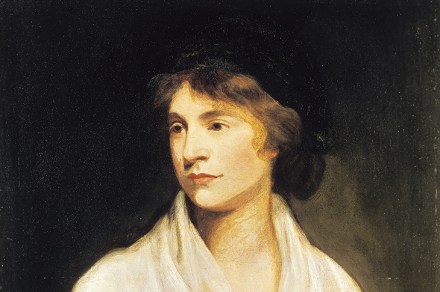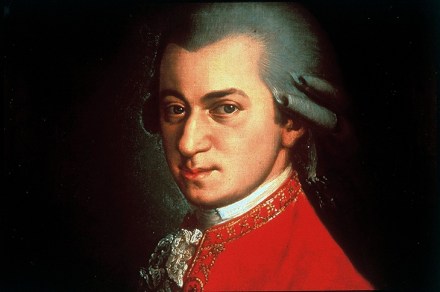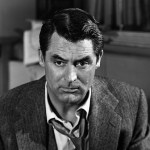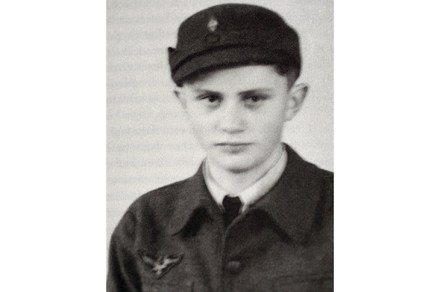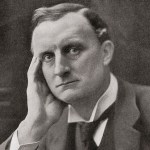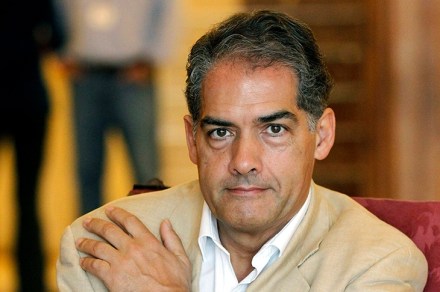Edward Said — a lonely prophet of doom
It had been billed as a clash of the Titans. Boston, 22 November 1986: two giants of their field slugging it out in the circus, a shootout at the scholars’ corral. The atmosphere was electric. Here was the long-awaited confrontation between Edward Said, professor of English and comparative literature at Columbia University, and Bernard Lewis, emeritus professor of Near Eastern Studies at Princeton. It didn’t disappoint. Ten minutes into the debate on ‘The Scholars, the Media and the Middle East’, Said took the microphone and let rip, unleashing his blistering attack on American scholars, journalists and ‘the Zionist lobby’. Together, he said, they had collaborated in a ‘shameful’ misrepresentation of
